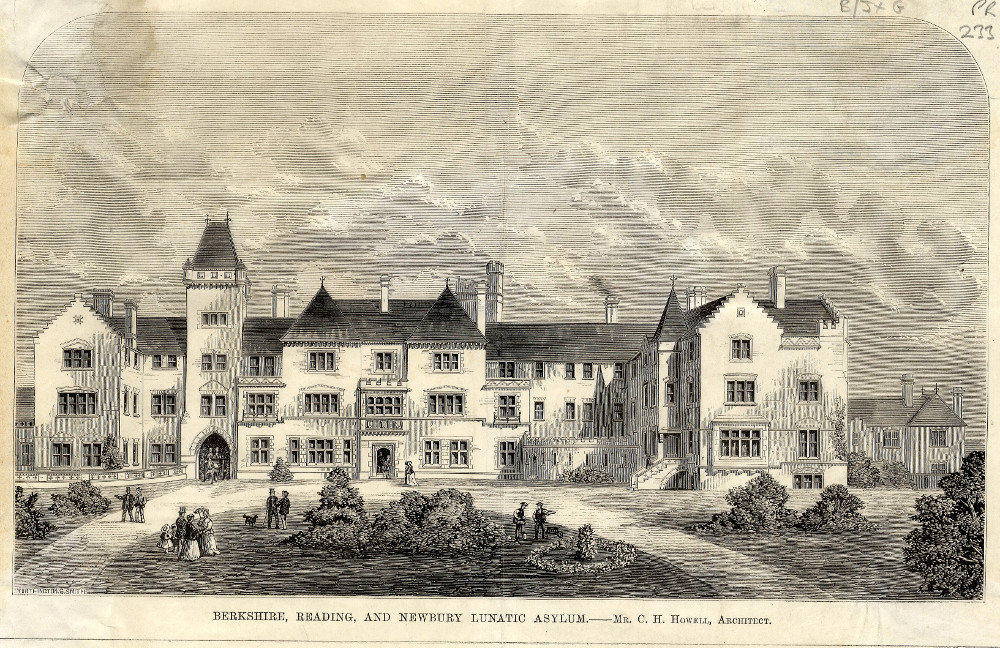1621
The Anatomy of Melancholy
University of Oxford Fellow Robert Burton publishes The Anatomy of Melancholy, one of the first works dedicated studies of mental illness, looking at causes, symptoms, and cures. In it, Burton also detailed his own experiences of
melancholy.









